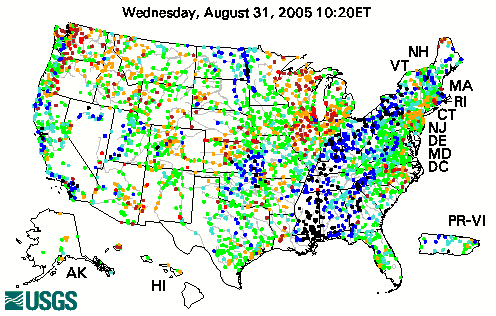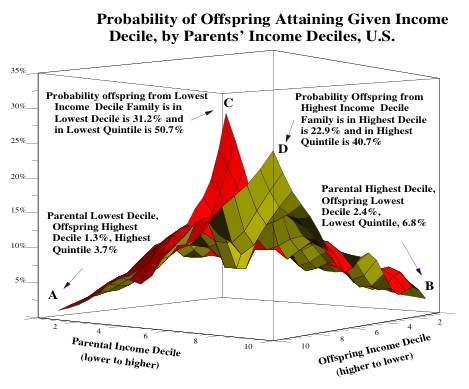I need a word. A term I’d presume exists in economics. If you say the supply or price of X is changing it triggers a nearly superstitious invocation of faith in markets that they will adapt. The word I’m looking for should help to characterize that adaptive process.
To a degree this is a tautology. If the supply of natural gas this winter is 8% less than last winter then it is necessary for 8% of the demand be removed from the natural gas market. That process goes by assorted names. Demand destruction, for example. If people insulate their houses and close off the extra bedroom, if people switch to annual billing, run up the credit card debt that’s another, if people freeze to death in their homes it’s all just demand destruction. But, in those examples, the variance in the social welfare is huge.
In the modern world we often look to technology to accelerate, and reduce the pains of adapting. But, “Technology will save us” is small comfort if you freeze to death in your bed in the interim. If technology were the only source of adaption then I could call the term I’m looking for “the technology gap.” Maybe the term is adaption gap. During the gap, people are freezing to death.
So broadly the term I’m seeking might be defined as the estimated interval between two events. The first event is when the market gets the signal the things have changed. The second event is when the market reaches approximately the same level of social welfare.
For some markets and signals the gap is small. When the price of European cheeses rises and American consumers switch to alternative luxury goods the demand destruction is fairly benign. So unless you’re running a cheese shop since the social welfare is hardly effected and the gap is minor. If your own a shop in a small town and Walmart opens on the periphery you die, and the gap is very large. You may never recover the same level of social welfare. You complementary economic actors (suppliers, employees, landlord, local tax authority, etc) may recover, but only after a very extended period. In the Walmart story the economy at large might actually see a total rise in the social welfare – it being a widely held belief that lower prices are a good thing.
Of course we lack good metrics for social welfare. It’s about this point that one comes to suspect that there isn’t a term in economics for this. Albert Hershman talks about this question a bit near the beginning of one of his books. He pointed out the lack of any research proving that firms react to market signals. Countering the point that it’s too obvious to need research he points out that firms might ignore weak signals. And that strong signals may kill them. How big is the band between those two cases
To cut to the chase. The lack of a term like ‘technology gap’ or ‘adaption gap’ is a serious problem when it comes to trying to talk thru the consequences of this or that shock to the society. How long does it take to adapt to a major event? A 4% drop in available oil and gas every year for a decade, say?
The lack of a term means the discussion quickly implodes for lack of a problem to focus on. One camp arguing that economic and social systems adapt, smiles and move on. Another camp points out that people are dying here; and settles into a tar pit of gleeful cataclysmic story telling. Finally a third camp’s emotional center is their enthusiasm for this or that technological silver bullet. Faith, panic, and enthusiasm are not problem solving. How to reduce the gap and thus minimize to total impact on the overall social welfare; that’s the problem – but what to call it?


 Modern economies have a design flaw. If the economy begins to tank people become afraid to invest, so they hide their money under the bed. Money under the bed doesn’t get invested. The productive capacity of the economy goes under utilized – labor and capital equipment is under employed. That helps it sink further into the tank. Repeat and you have a major problem on your hands.
Modern economies have a design flaw. If the economy begins to tank people become afraid to invest, so they hide their money under the bed. Money under the bed doesn’t get invested. The productive capacity of the economy goes under utilized – labor and capital equipment is under employed. That helps it sink further into the tank. Repeat and you have a major problem on your hands.